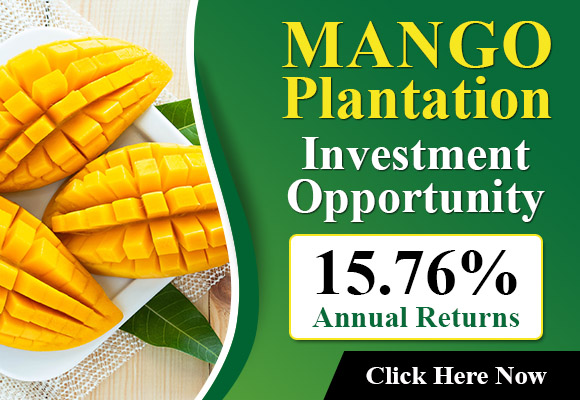Since the apprehension to Vietnamese durian exports into China This industry has seen a significant increase reaching over US$2.2 billion worth of exports this year. However, this growth has brought up issues related to compliance with regulations for imports and has led to the need for inspections of pests in the plant and food security. Problems also have arisen from the packaging companies that have acquired durians that are grown in non-coded areas and resulting in durians of unclear origin or that are which aren’t processed according to the accepted methods. In the words of Ngo Tuong Vy, general director of Chanh Thu Fruit Import-Export Joint Stock Company The development of the durian business has proven profitable for the farmer, but contracts have been cancelled, resulting in significant losses for companies.
There’s a need for a comprehensive legal system to guarantee the durian industry’s long-term development. When we look at Thailand which is a thriving world-class competitor in durian exports, it’s clear that the strict implementation of rules across the entire supply chain has helped not only the individual farmers but also the entire industry as well as the country. Durian plants, which have an average lifespan of between 30 and 40 years, need sustainable strategies for maintaining the Vietnamese durian’s image and position on the market.
Vo Quan Huy director of Huy Long An Co, Ltd. He emphasized the significance of tracking seeds’ origins as well as coding the new durian growth areas in order to improve exports from the official market. At present, about 30 percent of durian production zones are coded or are in the process getting codes.
Nguyen Phhong Phu, a technical director at Vina T&T Import-Export Company, stressed the importance of strengthening the supply chain, in order to deal with concerns like fluctuating prices, contracts breach and disruptions to supply chains.
Source: vietnamnews.vn
Source: The Plantations International Agroforestry Group of Companies
